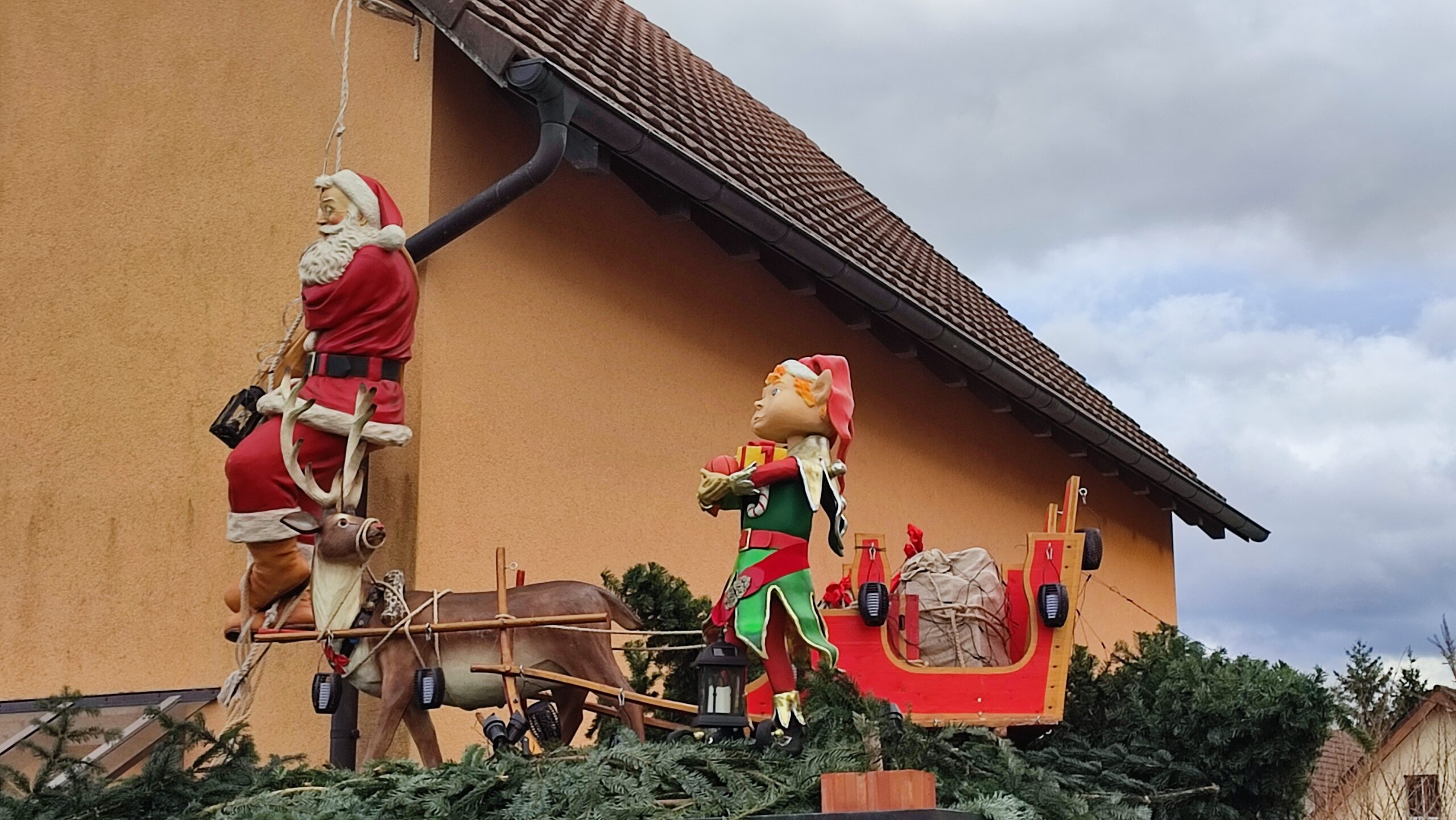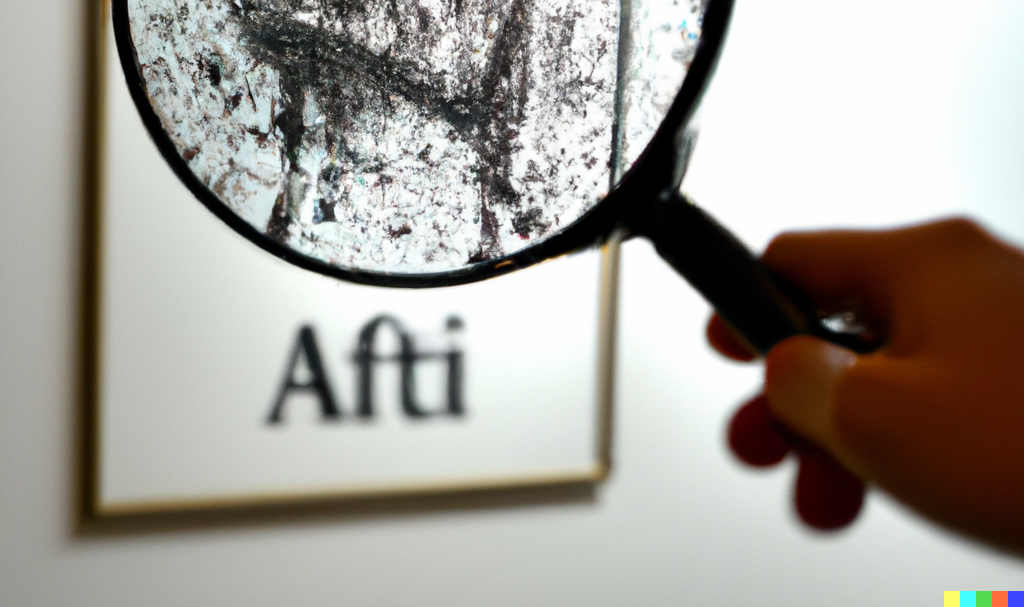-
The year in review

This is the time to catch up on what you missed during the year. For some, it is meeting the family. For others, doing snowsports. For even others, it is cuddling up and reading. This is an article for the latter.
-
How to block AI crawlers with robots.txt

If you wanted your web page excluded from being crawled or indexed by search engines and other robots, robots.txt was your tool of choice, with some additional stuff like <meta name=”robots” value=”noindex” /> or <a href=”…” rel=”nofollow”> sprinkled in. It is getting more complicated with AI crawlers. Let’s have a look.
-
«Right to be Forgotten» void with AI?

In a recent discussion, it became apparent that «unlearning» is not something machine learning models can easily do. So what does this mean to laws like the EU «Right to be Forgotten»?
-
How does ChatGPT work, actually?
ChatGPT is arguably the most powerful artificial intelligence language model currently available. We take a behind-the-scenes look at how the “large language model” GPT-3 and ChatGPT, which is based on it, work.
-
Identifying AI art

AI art is on the rise, both in terms of quality and quantity. It (unfortunately) lies in human nature to market some of that as genuine art. Here are some signs that can help identifying AI art.
-
Reproducible AI Image Generation: Experiment Follow-Up

Inspired by an NZZ Folio article on AI text and image generation using DALL•E 2, I tried to reproduce the (German) prompts. Someone suggested that English prompts would work better. Here is the comparison.
